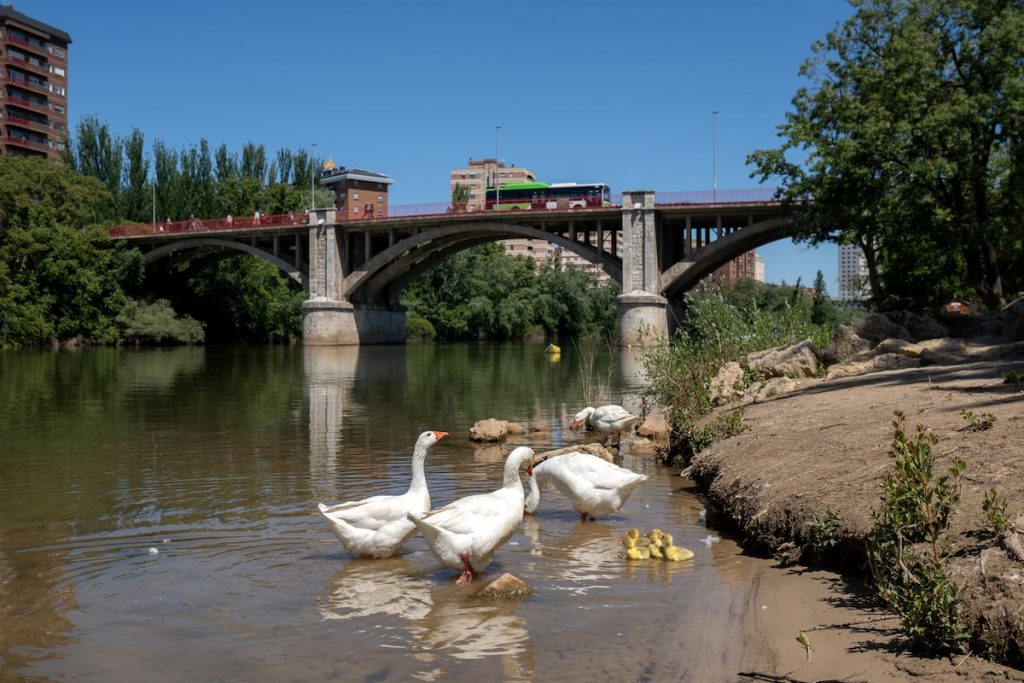The new Poniente bridge in Valladolid is facing challenges despite being a major mobility proposal by the PP City Council. Mayor Jesús Julio Carnero, supported by Vox, made it a key electoral issue, promising to widen the bridge connecting the west with the city center at a cost of five million euros to add a traffic lane. However, the idea has faced opposition from 11 neighborhood groups who are concerned about the cost, the unnecessary focus on cars, narrowing of sidewalks, and the impact on the bike lane. Despite the backlash, the City Council is determined to proceed with the project, even though the chosen artist, Jaume Plensa, declined the offer due to personal and professional commitments.
The debate over the Poniente bridge in Valladolid has been ongoing for months, with the opposition parties highlighting occasional traffic congestion as a reason for adding an extra lane. However, the PSOE has shared videos showing that congestion is minimal, with two lanes for cars and one converted for buses, taxis, sidewalks, and a bike lane. Carnero had initially promised to open the widened bridge by 2025, but delays are expected. The City Council proposed a new design after a study valued at 30,000 euros, but later deemed it outdated and promised to present a definitive plan in the future, although details remain unclear.
The current bridge dimensions include two vehicle lanes, a bike lane, and sidewalks, with plans to widen the bridge to accommodate three vehicle lanes, a wider bike lane, and narrower sidewalks. Concerns have been raised about the impact on pedestrian space, with petriles included in the sidewalk area. The proposed bike lane width does not meet recommended standards, but the City Council argues that the project will improve overall mobility for pedestrians, public transportation, vehicles, and cyclists. Former Mayor Óscar criticized the project for its inconsistencies and lack of common sense, calling it a “disaster”.
The controversy over the decorative elements of the bridge has further divided opinions. The City Council proposed installing screens that obstructed views of the river, leading to criticism about cleanliness. Subsequently, the artist Jaume Plensa was chosen to create an ornamental intervention at a cost of 1.8 million euros, but he later withdrew due to personal and professional commitments. Social groups opposed the bridge widening as a political move and criticized the lack of originality in Plensa’s proposed artwork. The withdrawal of Plensa and the subsequent criticism led to further ridicule from the opposition and concerns about the real motives behind the project.
Opposition parties and environmental groups have raised concerns about the necessity of the bridge widening project, especially in relation to the low emission zone and the potential traffic congestion it may cause. The decision to relocate a popular bike lane and the lack of technical studies supporting the need for additional vehicle lanes have also sparked controversy. The city is divided between those in favor of sustainable mobility solutions and those promoting car-centered infrastructure. With a planned popular protest against the project, the future of the Poniente bridge in Valladolid remains uncertain amidst political, social, and environmental tensions.















